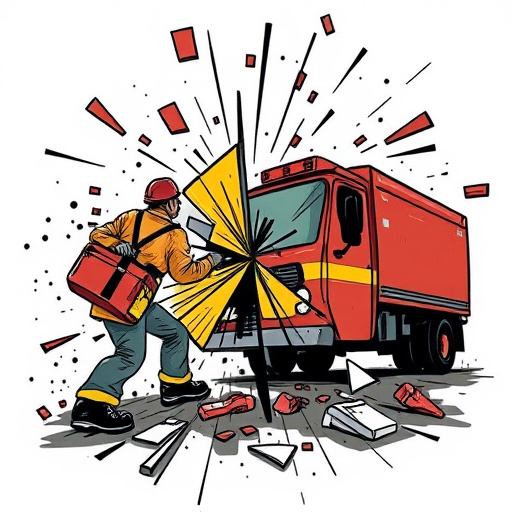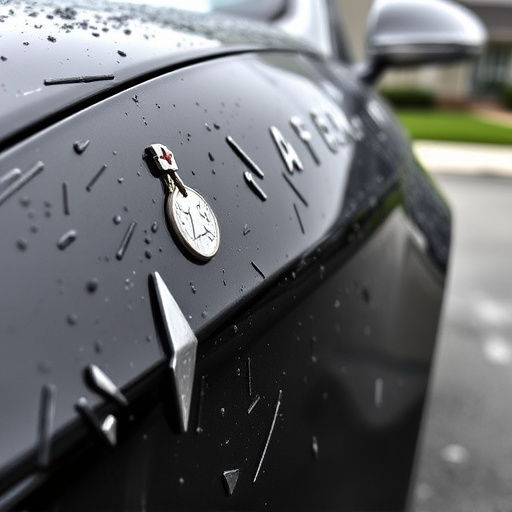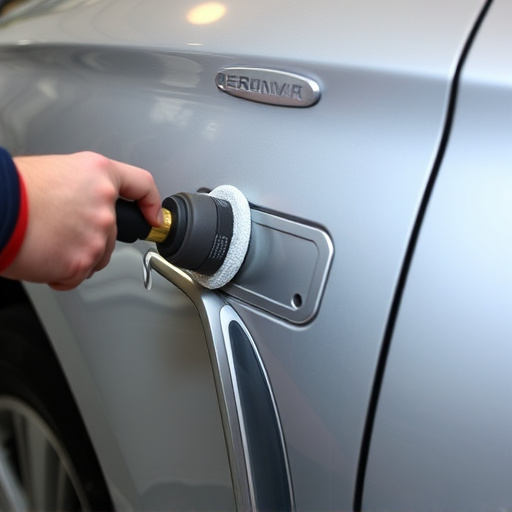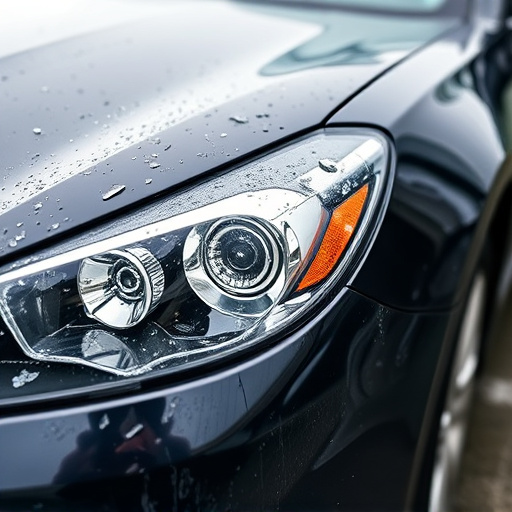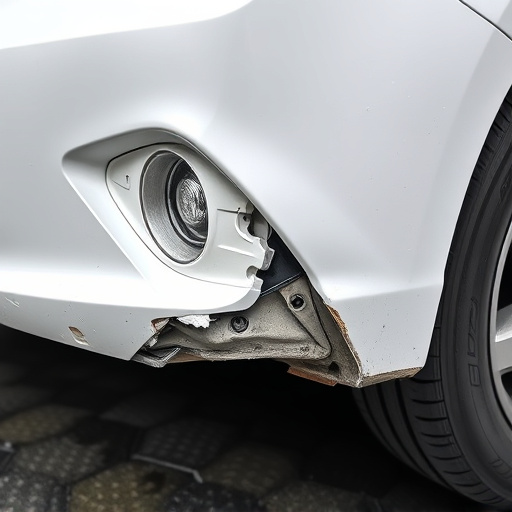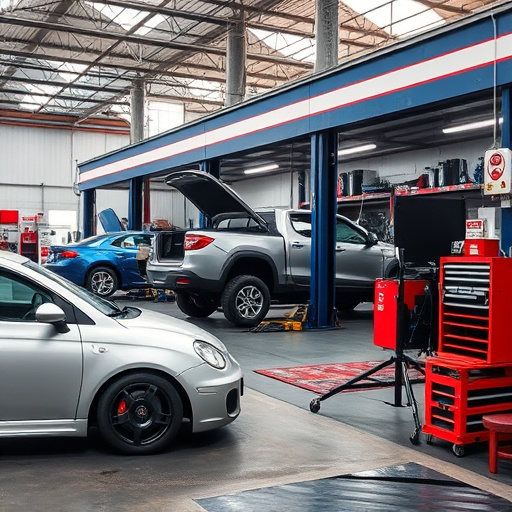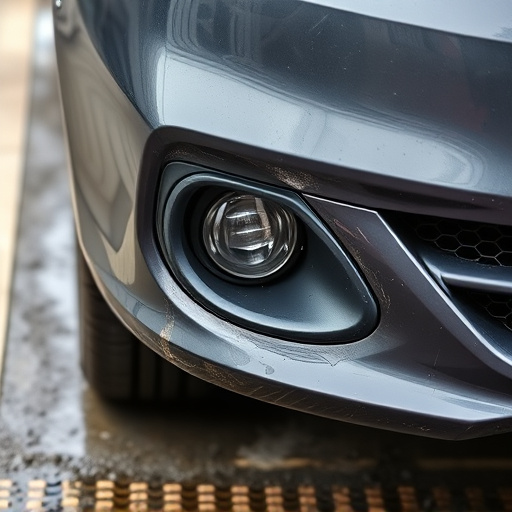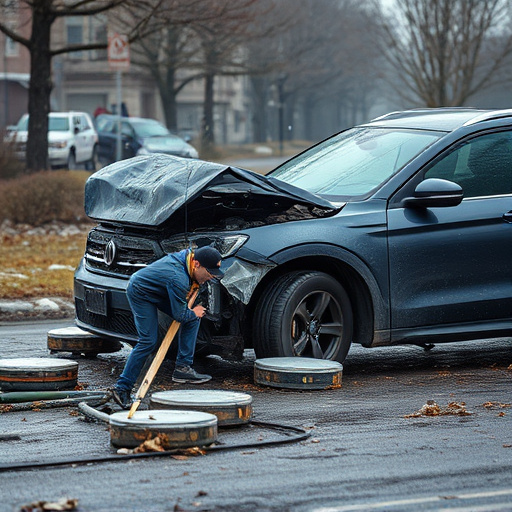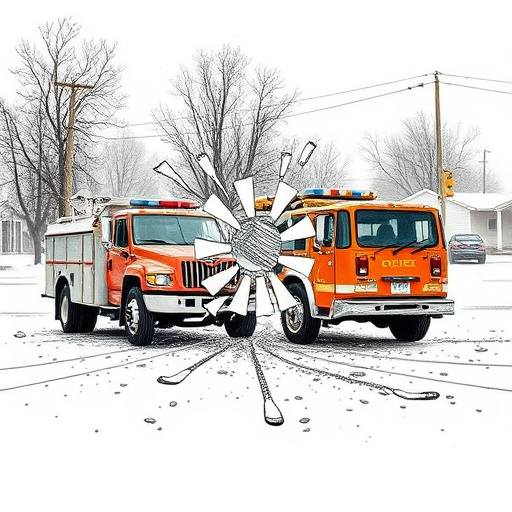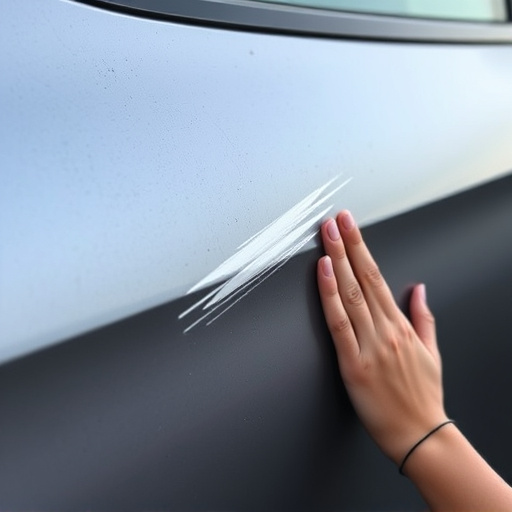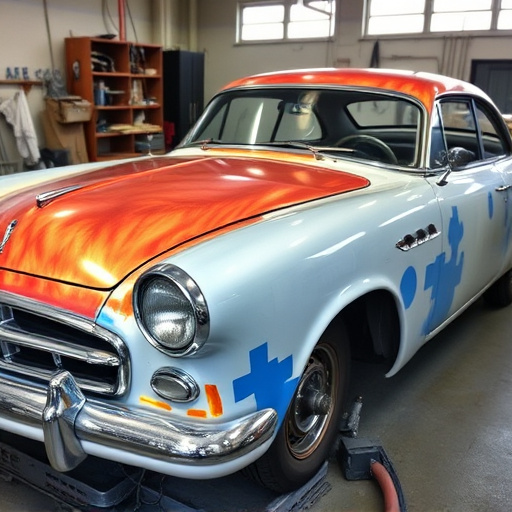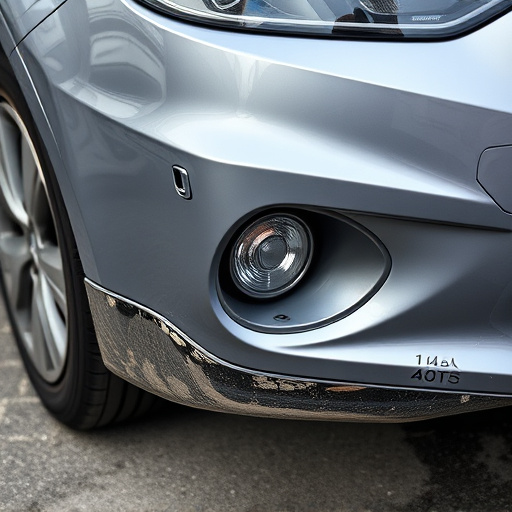Panel alignment procedures in automotive repair, especially for luxury brands, ensure visual appeal and structural integrity. This guide outlines a step-by-step approach from assessment to quality checks, empowering car owners with knowledge of meticulous craftsmanship. Efficient communication, digital scheduling, and centralized databases streamline after-hours repairs, minimizing client downtime and enhancing satisfaction. Advanced equipment like laser measuring tools guarantee precise panel alignment according to manufacturer specs.
“In the realm of efficient facility management, understanding panel alignment procedures is paramount. This comprehensive guide delves into the intricacies of aligning panels, ensuring optimal performance and aesthetics. We explore strategic after-hours repair service coordination, highlighting efficient strategies to minimize disruption. Furthermore, best practices are offered to streamline panel alignment and maintenance processes, fostering a seamless environment for both staff and residents alike.”
- Understanding Panel Alignment Procedures: A Comprehensive Guide
- Efficient After-Hours Repair Service Coordination Strategies
- Best Practices for Seamless Panel Alignment and Maintenance
Understanding Panel Alignment Procedures: A Comprehensive Guide
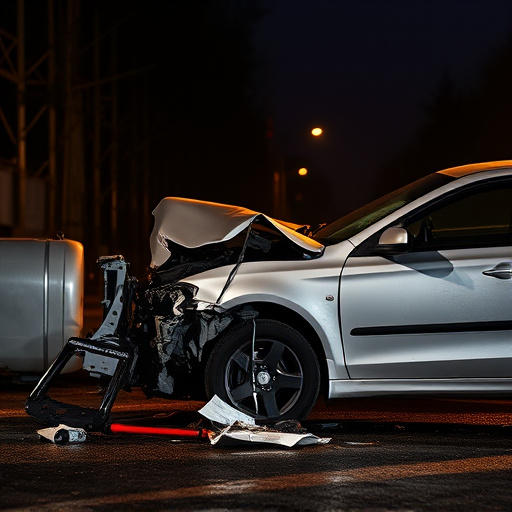
Understanding Panel Alignment Procedures: A Comprehensive Guide
Panel alignment procedures are a critical aspect of automotive repair, ensuring that car bodywork is precisely restored to its original state. This meticulous process involves the careful adjustment and reattachment of panels, such as doors, fenders, and hoods, to maintain the vehicle’s structural integrity and aesthetic appeal. Proper panel alignment is not just about making a car look good; it also guarantees optimal performance and safety.
For Mercedes Benz repair, among other high-end automotive brands, precise panel alignment is paramount. Skilled technicians employ specialized tools and equipment to measure and adjust each panel, ensuring minimal gaps and seamless fits. This comprehensive guide delves into the steps involved in these procedures, from initial assessment and disassembly to final adjustments and quality checks. By understanding these processes, car owners can better appreciate the craftsmanship behind every repair, be it for a minor dent or a major crash scenario.
Efficient After-Hours Repair Service Coordination Strategies
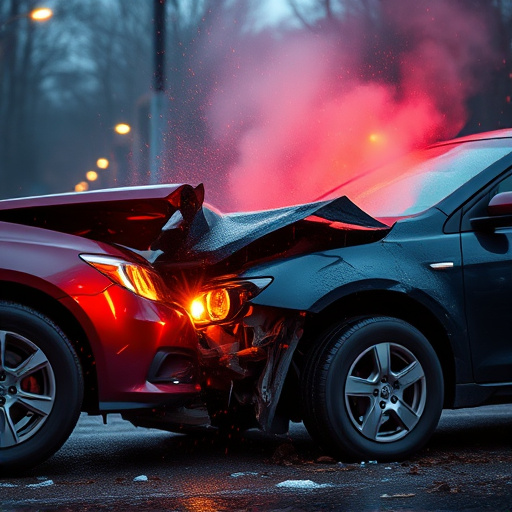
In today’s fast-paced world, efficient after-hours repair service coordination is essential for maintaining smooth operations in auto maintenance and panel alignment procedures. One effective strategy involves establishing clear communication channels between mechanics, customers, and service providers. This ensures that everyone is on the same page regarding urgent repairs needed, especially for time-sensitive issues like dent removal or classic car restoration. By implementing digital scheduling tools and instant messaging platforms, coordination becomes seamless, minimizing downtime and maximizing productivity.
Additionally, creating a centralized database for tracking repair history and preferences can streamline the process further. This approach not only enhances customer satisfaction but also allows for proactive maintenance planning. For instance, regular checks and after-hours services for minor issues like dent removal can prevent more significant damage, keeping classic car restoration efforts on track. Such coordinated strategies ultimately contribute to a well-oiled auto maintenance machinery, ensuring that unexpected breakdowns don’t disrupt the flow of business or personal transportation needs.
Best Practices for Seamless Panel Alignment and Maintenance
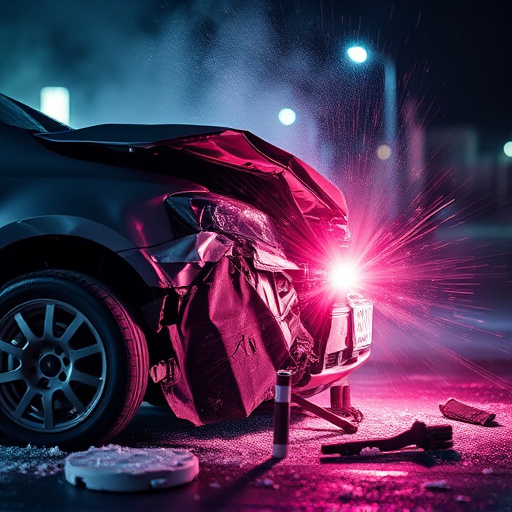
Maintaining seamless panel alignment is paramount in ensuring the structural integrity and aesthetic appeal of vehicles post vehicle collision repair or dent repair. Best practices for panel alignment procedures involve utilizing advanced equipment such as laser measuring tools to achieve precise results. These technologies ensure that all panels are correctly positioned, matching the original manufacturer specifications.
Coordinating after-hours repair service is another critical aspect for car body shops. Given the urgent need for vehicle repairs following accidents, many car body shops offer 24/7 services to cater to customers’ needs. Effective communication channels and a robust scheduling system are essential to ensure that panel alignment procedures are executed promptly and efficiently, minimizing downtime and inconvenience for clients. This commitment to service extends beyond regular business hours, fostering customer satisfaction in the event of unforeseen vehicle collisions or dents.
Panel alignment procedures are essential for maintaining optimal performance in any system. By understanding these processes and implementing efficient after-hours repair service coordination, organizations can ensure seamless operations and minimize downtime. Adhering to best practices guarantees a smooth, effective, and responsive maintenance strategy, ultimately enhancing overall system reliability. Efficient panel alignment is key to achieving successful outcomes, especially in today’s fast-paced business environment.

